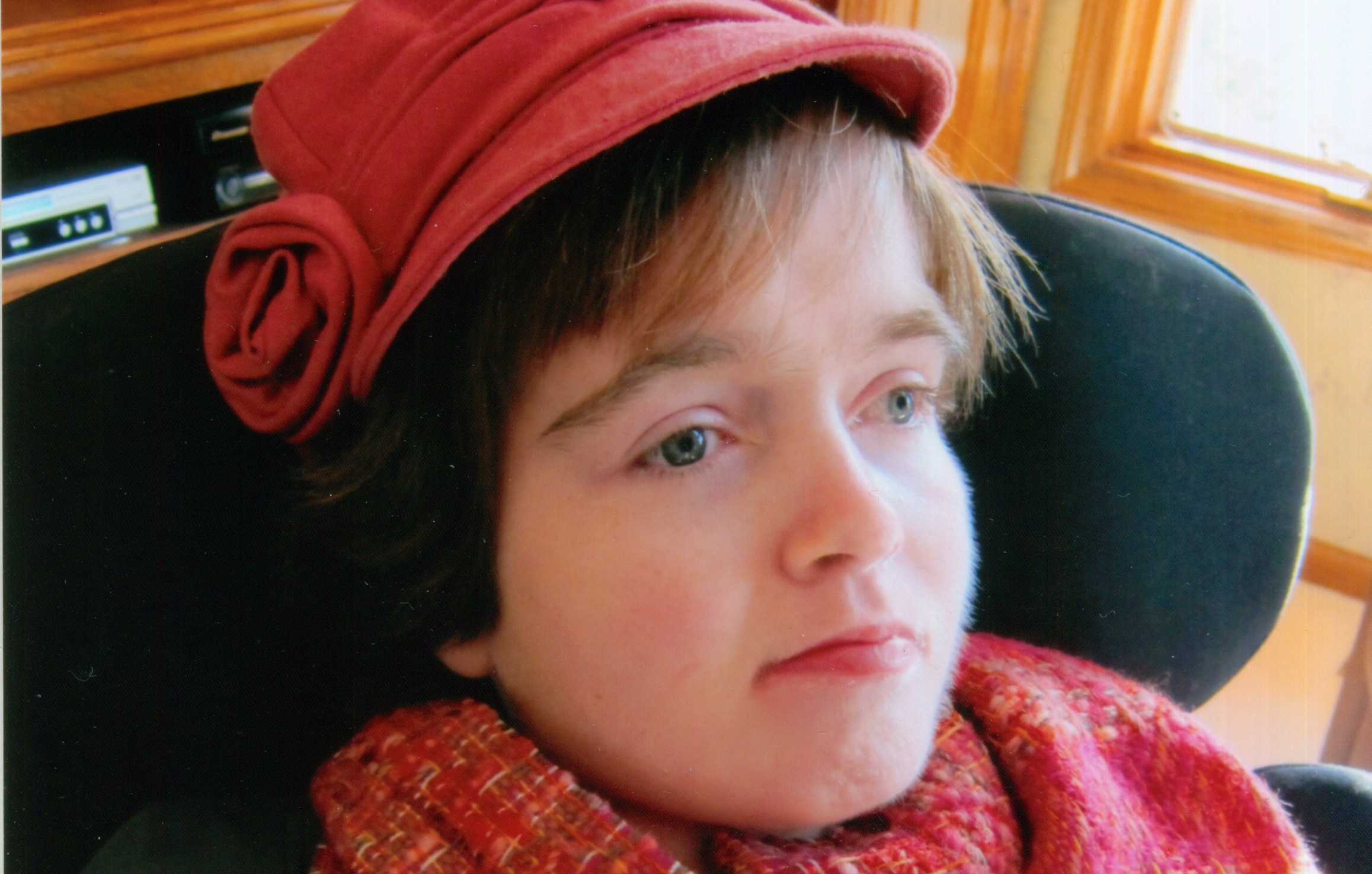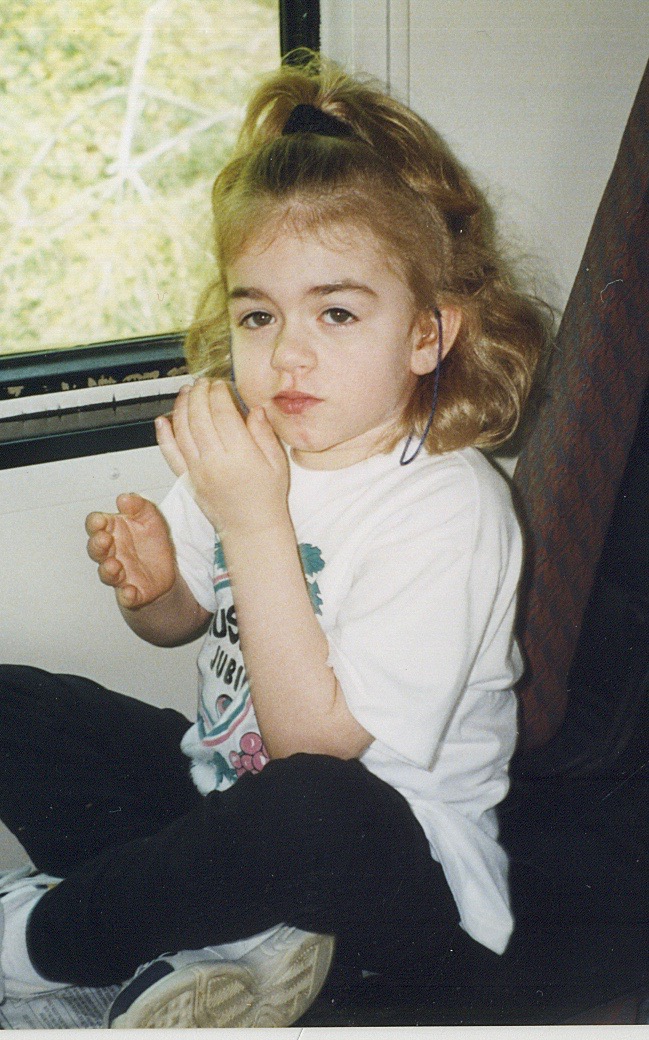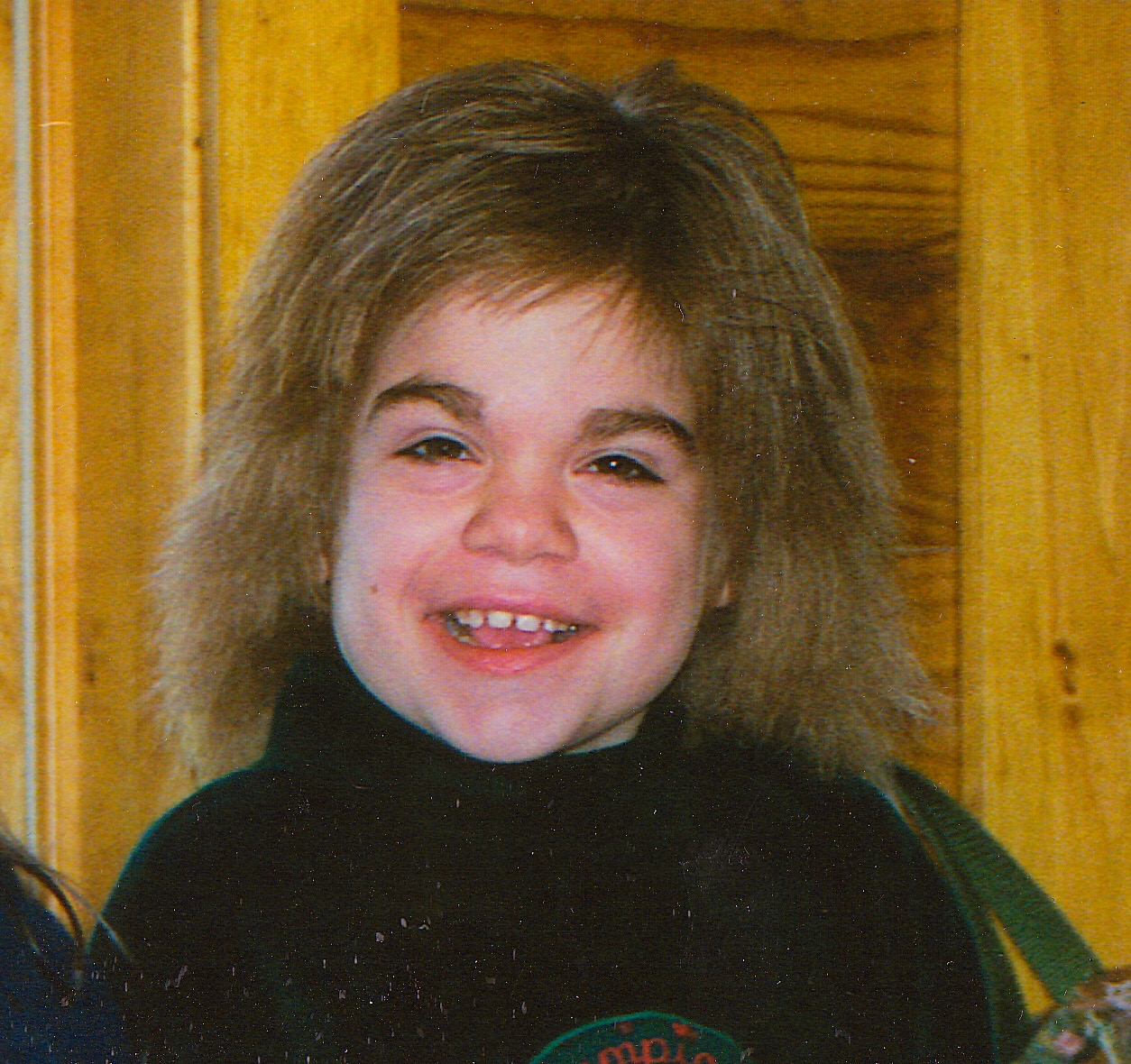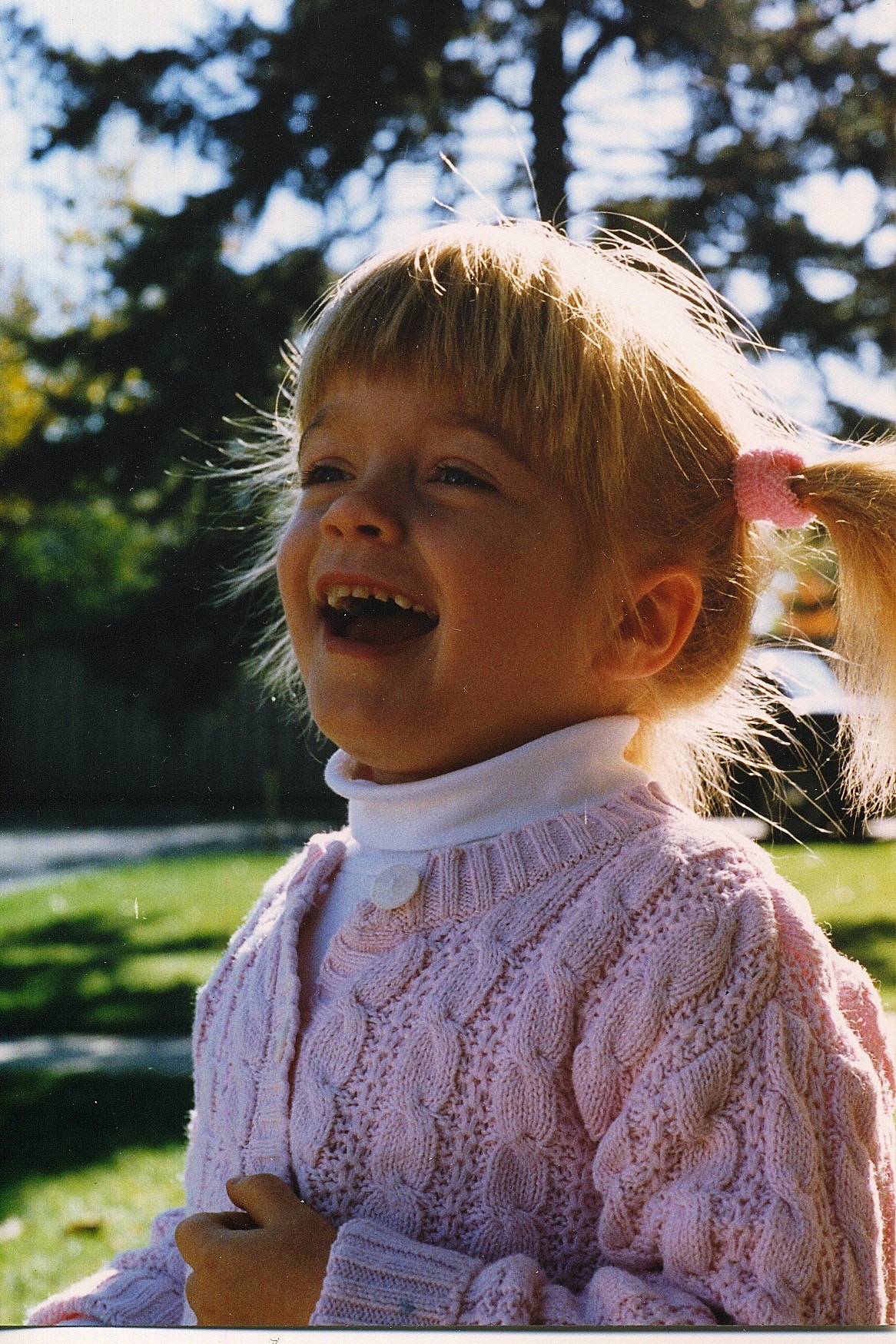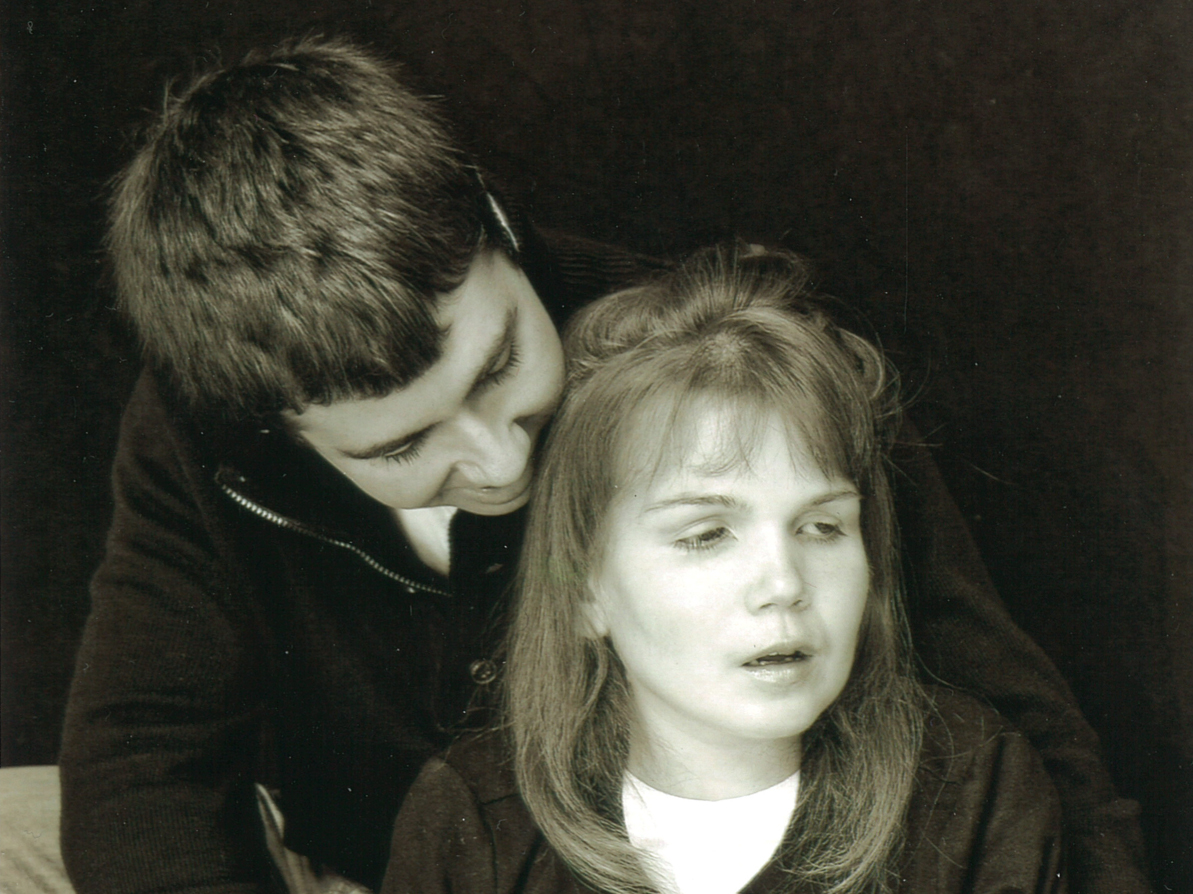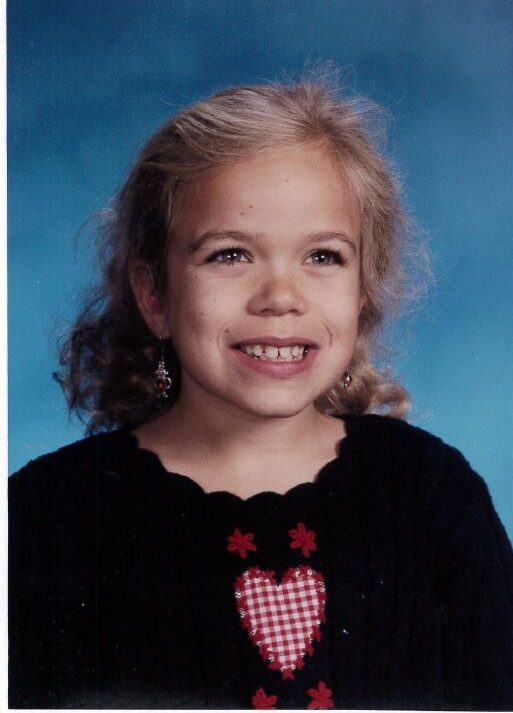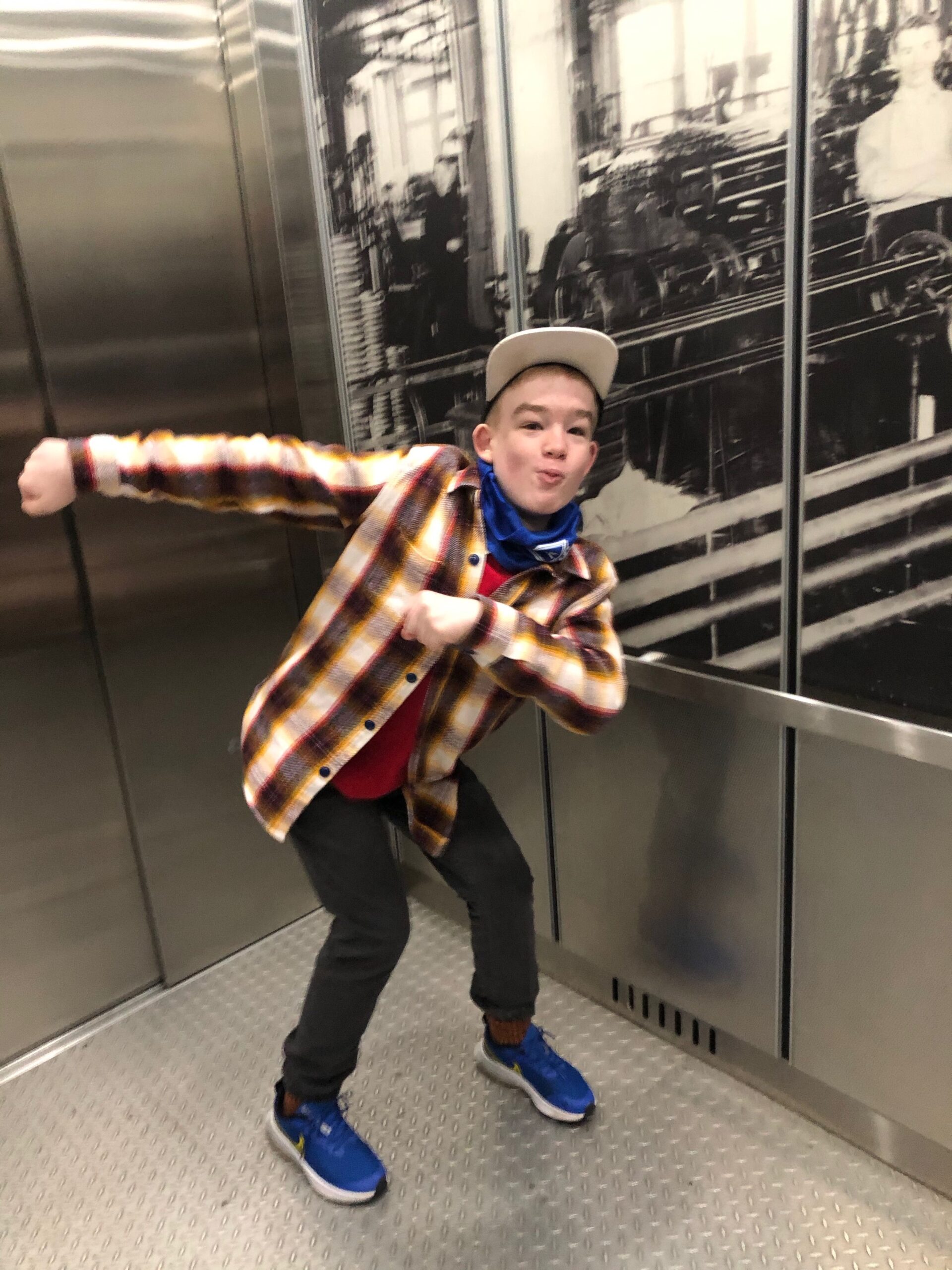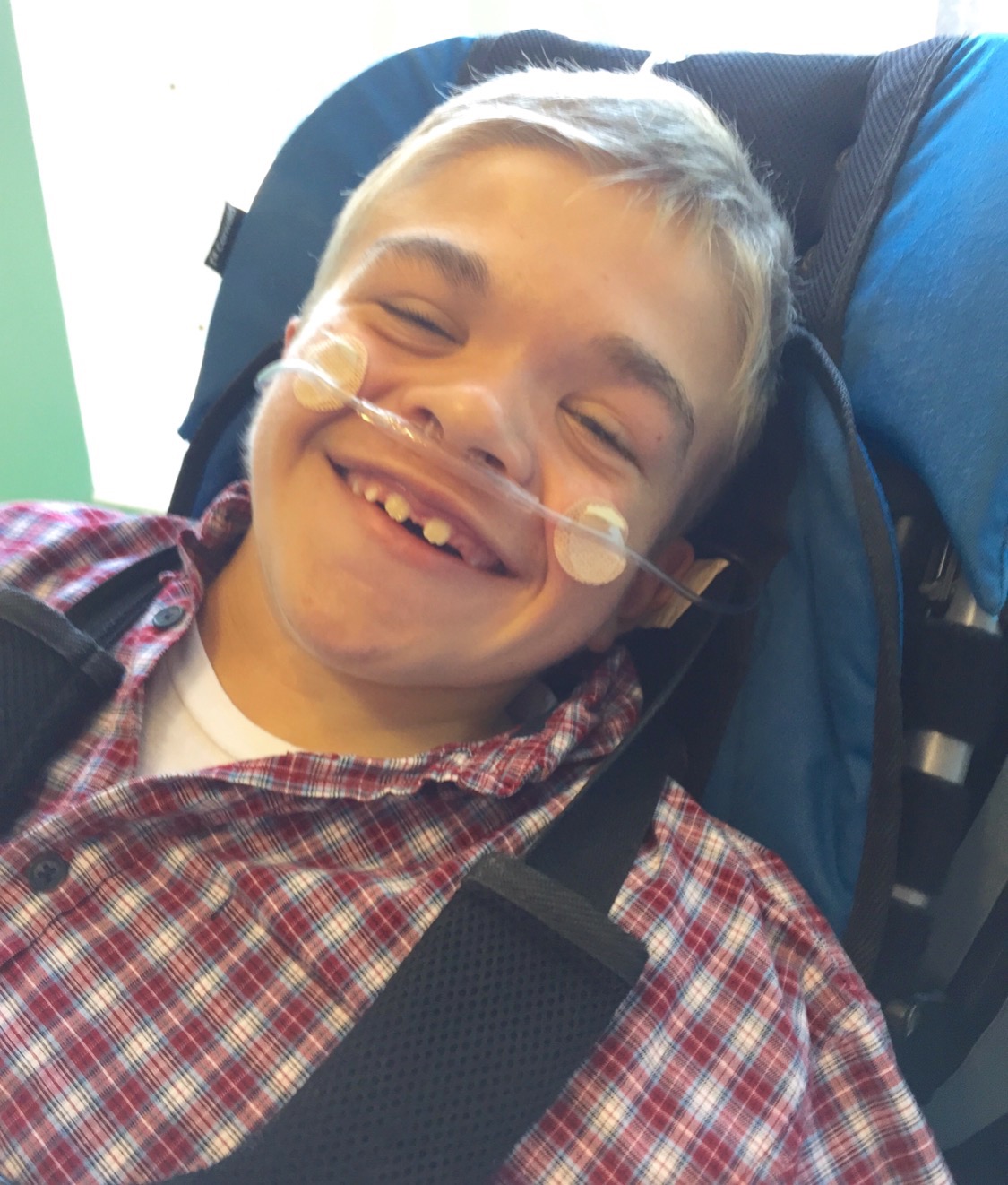Dear Friends,
In 1995 Brad and I challenged a diagnosis and the words of a doctor by choosing hope for Kirby. Advances were made as we learned the power of hope and the community that gathered to effect change.
The Foundation was able to fund some basic steps toward a cure, such as automated gene sequencing for the NAGLU enzyme Kirby was lacking, which enabled scientists to identify mutations. This led to the development of the genetically engineered synthetic gene, followed by a knock-out mouse model.
This work ultimately helped to include Sanfilippo in all the most promising methodologies of treatment as they emerged.
And over the years, other families, both here and abroad, heard of our work and joined in our efforts. Together, we have created a formidable front against what we were all told was an incurable disease – all of us inspired by our children’s unbounded spirit and tenacity.
Working together with two of these families and their foundations, we were able to fund a natural history study that today still provides supportive data for clinical trials.
And along with Randall and Elisabeth Linton’s foundation in Canada, we funded the vector production for a human trial.
But with all of this success, what Brad and I did not think of was the reality of time. The time it would take after initiating the work, the research and government approvals and raising the millions of dollars involved to bring a potential treatment from the laboratory to the patients. For us, it was 19 years. Thankfully, because of the basic science we funded and the advances that have been made throughout the years, this time frame has been greatly reduced. But still, days matter for children afflicted.
What Brad and I do know now is that hope endures – always. He and I wish you all an abundance of hope. Because no matter what you encounter, it is hope that enables you to stand, hope that allows you to take that first deep breath empowering your strength and giving you the courage to continue and create change.
But realize, as fellow parent Jennifer Seidman once wrote to me, hope is tricky. It’s fluid – yet enduring. In other words, your expectations of hope can be ever-changing. And when I think of hope in that way, it is really what has enabled me to find a reason to smile each day, no matter the day, and look for gratitude.
Finding that balance in our life is what helped us to navigate the expectations of our hope. Our time spent with Kirby, as well as the time spent effecting change, both served to strengthen and inspire our resolve. Both were important. We’ve come to realize that creating those memories and giving Kirby the best life possible while doing what we did, and will continue to do for science, is what now gives us peace in our hearts.
This holiday season, please remember Kirby, smile and think of the Foundation and the children’s lives its work can impact.
Brad and I wish you peace and joy.
Research Update
We continue to look for ways to accelerate research to ensure that hope shines bright for children afflicted worldwide. With our commitment to Dr. Mitch Drumm and Case Western Reserve’s Research Institute for Children’s Health, we feel we are doing just that.
The Institute’s focus is on Sanfilippo and other rare diseases, and it uses proven, successful strategies while cultivating research expertise by championing young scientists – challenging them to be bold in the lab with their new and exciting ideas. We can think of no better way of honoring our dear Kirby’s legacy of a cure and impacting the time so precious to children living with rare diseases today.
“I have been working on genetic diseases for nearly 40 years and over that time have seen advancements in science that change our understanding, provide new tools for us to use and create breakthroughs in medical treatments. These advances are almost always unpredictable. As Sue alluded, time is of the essence, but it is also the one variable we can’t control. My approach is to make better use of the time we have by increasing the number of people trying to tackle problems. The Foundation is helping me to engage young, energized scientists to work on Sanfilippo, not only accelerating the research toward treatments, but also ensuring that it is sustainable. We are enlisting the next generation of scientific minds so that the process will continue until we have reached our goals.
Our work in rare, genetic diseases focuses on fundamental problems, from identifying the gene involved, figuring out which cells in the body are contributing to the disease and then devising strategies to repair or replace the gene in the appropriate places. For Sanfilippo, we know the gene and think we know the cells, thanks to work supported by the Foundation, but the latter steps need to be worked out. To do so, we rely on cell culture systems, where we grow human cells in a petri dish to see if we can restore a gene or enzyme activity and then apply what we’ve learned to mouse models to determine if we can do the gene repair or enzyme restoration in the appropriate cells to an extent that will have clinical effect.
We have generated versions of the NAGLU enzyme to which we joined a fluorescent protein so that we could track the protein in cells we wished to repair or otherwise provide NAGLU enzyme activity. These “fusion proteins” have worked out well and seem to end up in the same location in cells as the native enzyme. They are quite readily detected using our high-powered microscope that detects fluorescence.
Our most current challenge is that we could not find in our repertoire of laboratory cells any that don’t already make large amounts of the NAGLU enzyme, preventing us from seeing if our fusion protein maintains enzymatic activity. To solve this, we are using a gene editing technique called CRISPR/Cas9 to create a model of Sanfilippo by disrupting the NAGLU gene. This is also one of the technologies we will eventually test for its ability to repair mutations causing Sanfilippo. We are currently sequencing the DNA of the cells and have several promising candidates to use for our studies.
Once these laboratory cell systems are vetted, our next steps are to see if we can restore NAGLU activity to them through gene replacement (putting in a normal copy of the gene) or gene repair by editing. From there, we will begin our work on delivering these therapeutic systems into various cells in mice. While we never feel we are moving fast enough, we do feel we’re moving in the right direction and are extremely thankful to the Foundation for including us in their mission.”
Mitchell Drumm, Ph.D.
Professor, Department of Genetics and Genome Sciences
Vice Chair of Translational Research
Director, The Research Institute for Children’s Health
Case Western Reserve University
Cleveland, Ohio

